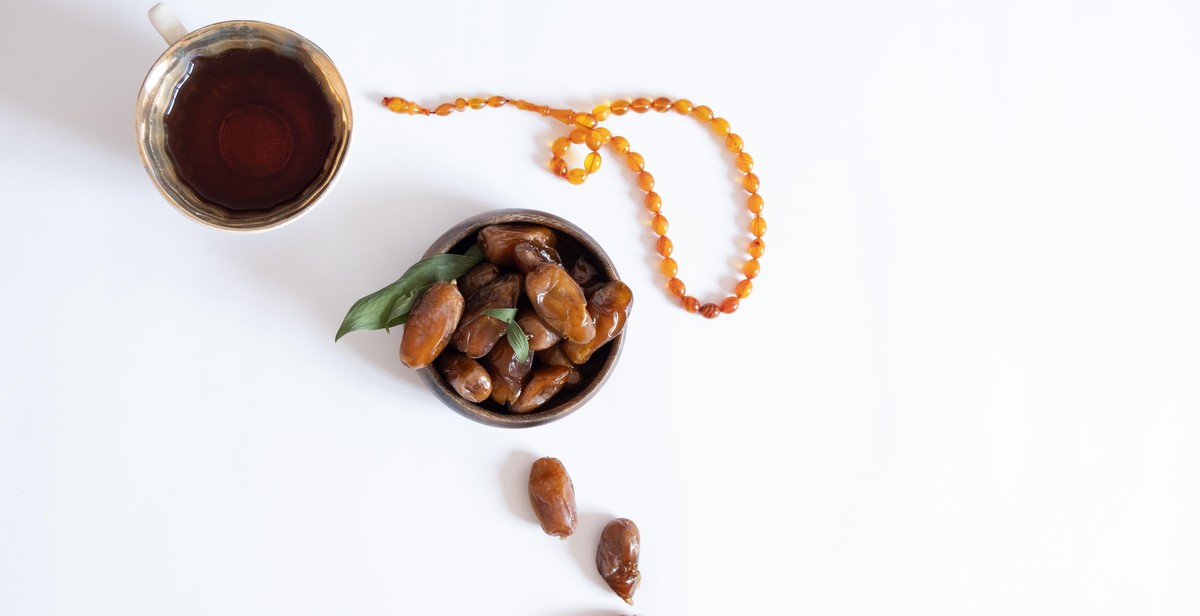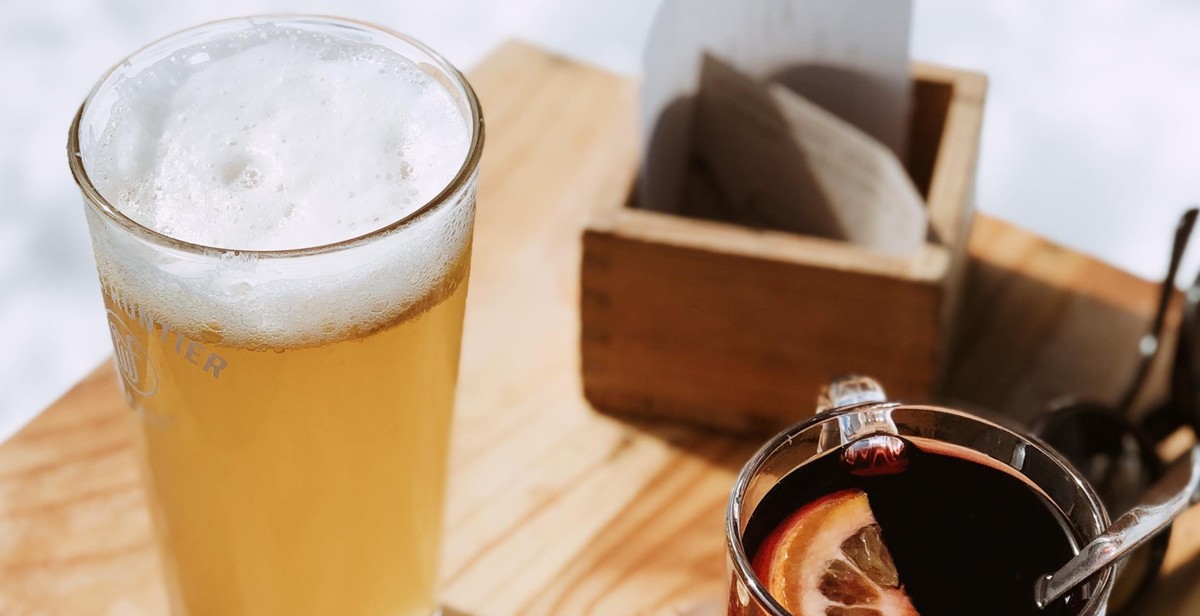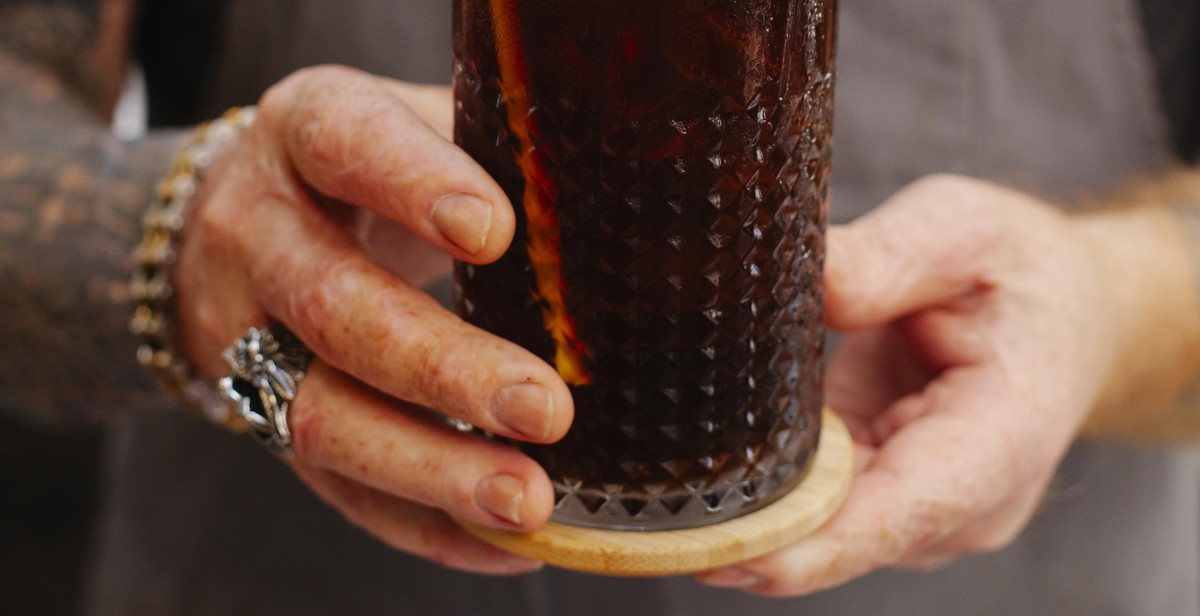How to Homebrew Your Own Fruit-infused Beers
Homebrewing is a fun and rewarding hobby that allows you to create your own unique beers. Fruit-infused beers have become increasingly popular in recent years, and for good reason. They add a delicious and refreshing twist to traditional beer styles, and are perfect for summertime sipping.
What is Fruit-infused Beer?
Fruit-infused beer is made by adding fresh or frozen fruit to the brewing process. The fruit can be added at various stages, such as during the boil, in the fermenter, or during secondary fermentation. The type and amount of fruit used can vary depending on the desired flavor and style of beer.
Why Homebrew Fruit-infused Beer?
Homebrewing fruit-infused beer allows you to experiment with different fruits and beer styles, and create your own unique blends. It also allows you to control the quality and ingredients of your beer, and save money compared to buying commercial fruit-infused beers.
How to Homebrew Fruit-infused Beer?
Homebrewing fruit-infused beer requires basic brewing equipment and ingredients, as well as the fruit of your choice. The process involves steeping grains, boiling hops and fruit, fermenting the beer, and bottling or kegging the finished product.
- Step 1: Choose your fruit and beer style
- Step 2: Gather your equipment and ingredients
- Step 3: Steep grains and boil hops
- Step 4: Add fruit and continue boiling
- Step 5: Ferment the beer
- Step 6: Bottle or keg the finished beer
With a little practice and experimentation, you can become a master at homebrewing fruit-infused beers. So why not try your hand at creating your own delicious and unique brews?

Why Homebrew Fruit-infused Beers?
If you’re a beer lover, you’ve probably tried a variety of fruit beers from different breweries. But have you ever considered making your own fruit-infused beer at home? There are several reasons why homebrewing fruit-infused beers is a great idea:
Flavor Control
When you make your own fruit-infused beer, you have complete control over the flavor profile. You can adjust the amount of fruit you use, the type of fruit, and the brewing process to create a beer that perfectly suits your taste buds. This is especially beneficial if you have dietary restrictions or preferences, as you can tailor the beer to your specific needs.
Cost Savings
Buying fruit-infused beers from a brewery can be expensive, but brewing your own can save you a significant amount of money. You can purchase fruit in bulk when it’s in season and freeze it for later use, which can be much cheaper than buying pre-made fruit beers. Plus, once you have the necessary equipment, you can continue to make fruit-infused beers at home for a fraction of the cost of buying them.
In addition to flavor control and cost savings, homebrewing fruit-infused beers can also be a fun and rewarding hobby. With a little experimentation and creativity, you can create unique and delicious beers that are sure to impress your friends and family.

Choosing the Right Fruit for Your Beer
When it comes to brewing fruit-infused beers, choosing the right fruit is crucial to achieving the desired flavor profile. There are a few factors to consider when selecting the best fruit for your beer, including whether to use fresh or frozen fruit and seasonal availability.
Fresh vs. Frozen Fruit
Using fresh fruit in your beer can provide a more vibrant and natural flavor, but it can also be more expensive and difficult to source depending on the fruit and your location. Frozen fruit, on the other hand, is often more readily available year-round and can be less expensive than fresh fruit. However, frozen fruit can sometimes result in a more muted flavor profile and may require additional processing to remove excess water before adding it to your beer.
Seasonal Availability
The seasonality of certain fruits can also impact your selection. For example, using fresh, in-season strawberries in the summer can result in a more flavorful and cost-effective beer compared to using out-of-season, imported strawberries. Additionally, using seasonal fruits can add a fun and unique twist to your brews throughout the year.
| Fruit Type | Best Season |
|---|---|
| Apples | Fall |
| Blueberries | Summer |
| Cherries | Summer |
| Peaches | Summer |
Overall, the key to choosing the right fruit for your beer is to consider the desired flavor profile, availability, and seasonality. Whether you choose fresh or frozen fruit, or opt for in-season or out-of-season options, experimenting with a variety of fruits can lead to unique and delicious brews.

Preparing Your Fruit for Brewing
When it comes to brewing fruit-infused beers, proper preparation of the fruit is crucial for achieving the desired flavor and avoiding any contamination. Here are some important steps to follow:
Sanitization
Before adding any fruit to your beer, it is important to sanitize it properly. This helps to eliminate any potential bacteria or wild yeast that could spoil your brew. You can sanitize your fruit by soaking it in a solution of water and a sanitizing agent such as Star San for at least 10 minutes. Rinse the fruit thoroughly with clean water after sanitizing to remove any residue.
Fruit Quantity
The amount of fruit you add to your beer will depend on the type of fruit and the desired flavor intensity. As a general rule of thumb, a ratio of 1 to 2 pounds of fruit per gallon of beer is a good starting point. However, some fruits such as raspberries or cherries may require more to achieve a noticeable flavor. It is always better to start with less fruit and add more gradually to avoid overpowering the beer.
Once your fruit is properly sanitized and measured out, it is ready to be added to your beer during the fermentation process. With these preparation steps, you can create delicious and unique fruit-infused beers in the comfort of your own home.

The Brewing Process
Mashing and Sparging
The first step in the brewing process is mashing, which involves mixing crushed grains with hot water to create a sugary liquid called wort. The temperature and duration of the mash determine the fermentability and flavor of the resulting beer. After the mash, the wort is separated from the spent grains through a process called sparging.
Boiling and Hopping
Once the wort is separated, it is boiled to sterilize it and to add hops, which give the beer its characteristic bitterness and aroma. The length of the boil and the timing of the hop additions also affect the flavor and aroma of the beer. Some brewers also add fruit or other flavorings during the boil to create fruit-infused beers.
Fermentation
After the boil, the wort is cooled and yeast is added to begin the fermentation process. The yeast consumes the sugars in the wort and produces alcohol and carbon dioxide. The temperature and duration of the fermentation also affect the flavor and alcohol content of the beer. Once fermentation is complete, the beer is bottled or kegged and allowed to carbonate before being enjoyed.

Adding Fruit to Your Beer
can bring a new level of complexity and flavor to your homebrew. There are a few things to keep in mind when adding fruit to your beer during the primary or secondary fermentation stages.
Primary Fermentation
During primary fermentation, adding fruit can help to enhance the flavor and aroma of your beer. However, it is important to note that the yeast will consume the fruit sugars, resulting in a drier beer. To avoid this, it is recommended to add fruit towards the end of primary fermentation.
When adding fruit during primary fermentation, it is important to sanitize the fruit to prevent any unwanted bacteria or flavors from being introduced into the beer. You can do this by soaking the fruit in a sanitizing solution before adding it to the fermenter.
Secondary Fermentation
Adding fruit during secondary fermentation can give your beer a more pronounced fruit flavor and aroma. This is because the yeast has already consumed most of the sugars during primary fermentation, allowing the fruit flavors to shine through.
When adding fruit during secondary fermentation, it is important to use a sanitized fruit puree or juice to avoid introducing any unwanted bacteria. You can also add fruit to a secondary fermenter and rack the beer on top of it to ensure maximum contact between the fruit and the beer.
- Tip: When using fresh fruit, it is recommended to freeze it first to help break down the cell walls and release the fruit flavors and aromas.
- Tip: Be cautious when adding acidic fruit, such as citrus, as it can affect the pH level of your beer and possibly impact the fermentation process.
| Primary Fermentation | Secondary Fermentation |
|---|---|
| Add towards the end of primary fermentation | Use a sanitized fruit puree or juice |
| Sanitize the fruit | Add to a secondary fermenter and rack beer on top |

Bottling and Carbonating Your Fruit-infused Beer
After your fruit-infused beer has completed the fermentation process, it’s time to bottle and carbonate it. This process involves adding priming sugar to the beer, which will create carbonation in the bottle.
Priming Sugar
Priming sugar is typically added to the beer before bottling. The amount of sugar you should use depends on the style of your beer and the desired level of carbonation. A good rule of thumb is to use 3/4 cup of corn sugar per 5 gallons of beer.
Before adding the sugar, make sure to sanitize your bottling bucket and all of your equipment. Boil the sugar in a small amount of water for a few minutes to sterilize it, then add it to the bottling bucket.
Bottle Conditioning
Once you’ve added the priming sugar to the bottling bucket, transfer your beer from the fermenter to the bucket using a siphon. Make sure to leave behind any sediment or trub at the bottom of the fermenter.
Fill your sanitized bottles with the beer, leaving about an inch of headspace at the top. Cap the bottles tightly and store them in a warm place for about a week, allowing the yeast to consume the priming sugar and create carbonation in the bottle.
After a week, move the bottles to a cooler location to slow down the yeast activity and prevent over-carbonation. Your fruit-infused beer should be ready to drink in about two weeks.
Table: Priming Sugar Amounts
| Beer Style | Priming Sugar Amount |
|---|---|
| Pale Ale | 3/4 cup per 5 gallons |
| Stout | 1 cup per 5 gallons |
| Wheat Beer | 1/2 cup per 5 gallons |

Conclusion
Homebrewing your own fruit-infused beers can be a fun and rewarding experience. Not only do you get to experiment with different flavors and ingredients, but you also have the satisfaction of drinking a beer that you created yourself.
As with any homebrewing project, it’s important to start with quality ingredients and to follow the proper techniques and procedures. Make sure to sanitize your equipment and keep a close eye on your fermentation process to ensure that your beer turns out just the way you want it.
When it comes to fruit-infused beers, there are countless possibilities for flavor combinations. Some popular choices include raspberry wheat beer, blueberry porter, and peach IPA. Don’t be afraid to get creative and try something new!
Remember, homebrewing is all about having fun and enjoying the process. So grab some friends, crack open a cold one, and raise a toast to your homemade masterpiece. Cheers!
- Start with quality ingredients
- Follow proper techniques and procedures
- Sanitize your equipment
- Experiment with different fruit flavors
- Have fun and enjoy the process
So what are you waiting for? Grab your brewing equipment and start experimenting with fruit-infused beers today!
